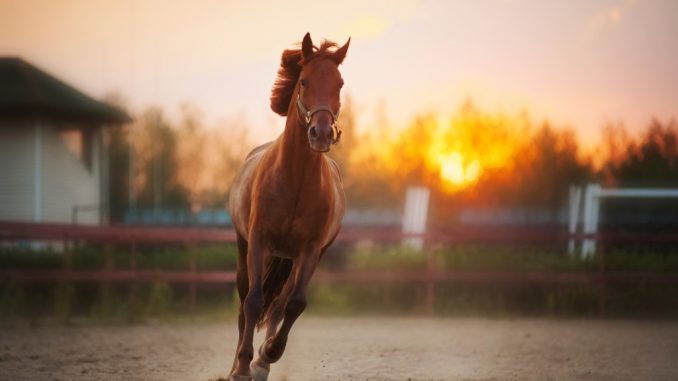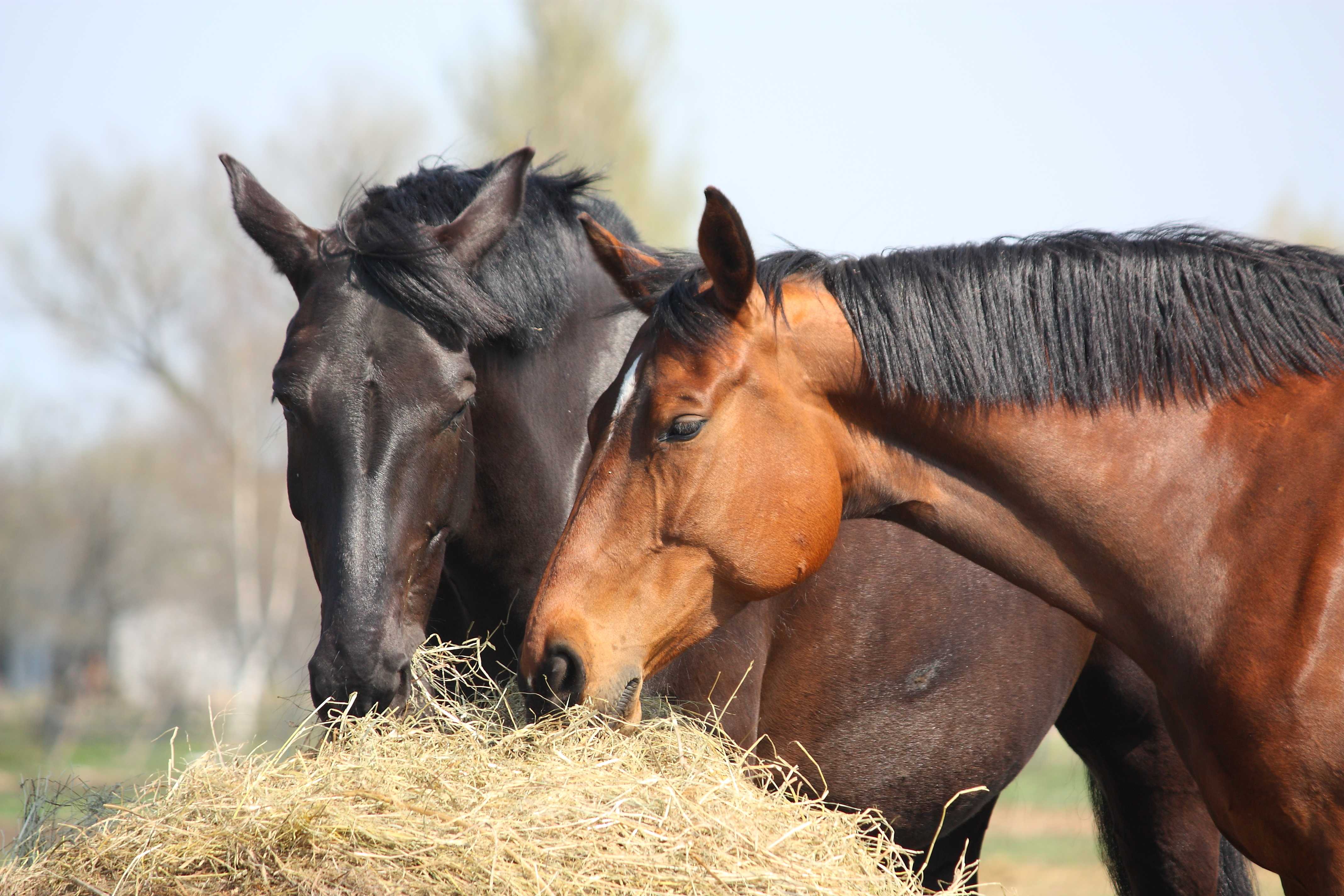
As most people with equine experience will tell you, grooming is as important to these magnificent animals as much as giving the best horse feed NZ has to offer, medical care, and exercise. More than keeping their coats clean, smooth, and alive with the sheen and graceful lustre that is unique to their species, grooming also boosts the bond between horse and human, enhances socialisation and creates a strong foundation to build trust and camaraderie. That is why it is imperative to make it a ritual: to groom regularly and without shortcuts.
Picking the hooves
Removing dirt, foreign objects, and other impurities from your horse’s hoof is essential in preventing injuries from embedded rocks or painful build-up. It also avoids infection and thrush, a fungus that can usually be found on unkempt hooves, around the frog area (the softer, V-shaped part of the hoof).
Begin at one leg, run your hand down its length, and then squeeze the fetlock (above and behind the hoof). Brace yourself against his shoulder and lift it off the ground. Use the hoof pick to take out the soil, rocks, and other debris that may have been stuck. Go for the heel first, then gently but firmly work your way to the toe.
Using a currycomb
Currycombs are used to take out loose hair and dirt that may have been trapped underneath the coat. Start from the neck, using continuous, circular strokes against the hair growth, going to the barrel, up to the rump. Focus on the muscular areas of the body, and as much as possible, avoid the bony parts of the horse such as the face, spine area, and limbs. This should loosen up the dust, mud, and other debris from between the hair follicles.
Cleaning the horse’s face and dock area
The next parts to clean are the face and dock area (the spot underneath the tail). Assign a separate washcloth or sponge for these areas. Wipe gently with the wet cloth, making sure to lift out mucus build up or any dirt that may have settled.
The mane and tail
Focus on getting all the tangles and uneven areas by running your fingers to loosen up the bigger knots, then the wide-bristled mane brush or comb. Make sure that you are not pulling the hair from the horse’s scalp—always hold sections of the mane with your other hand and brushing it out to avoid this, until you have the entire mane and tail knot-free and shiny.
Establishing your presence is always a must in every step of grooming. Be sure to stand by the side of the horse, and always keep physical contact to prevent spooking him with sudden touching or brushing. Talking to the horse also helps keep him calm and determine where you are while grooming.


